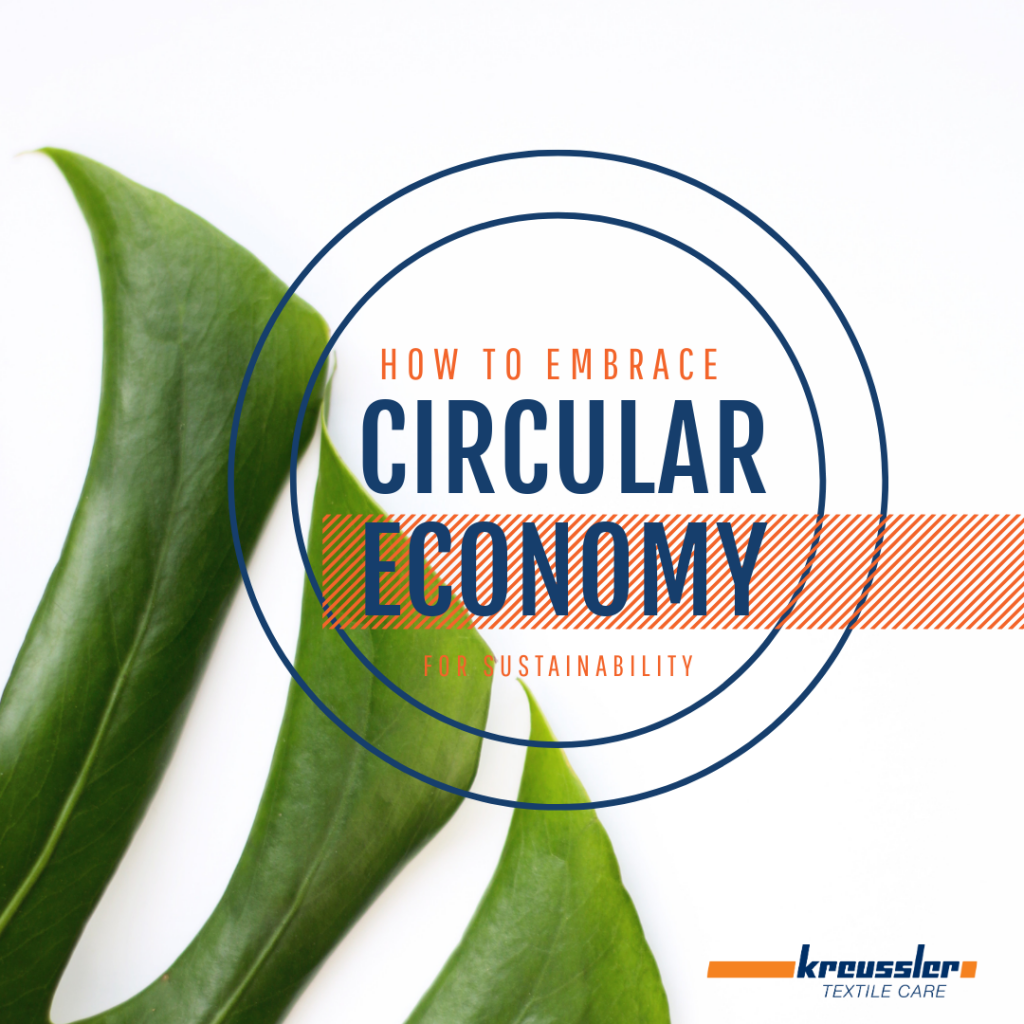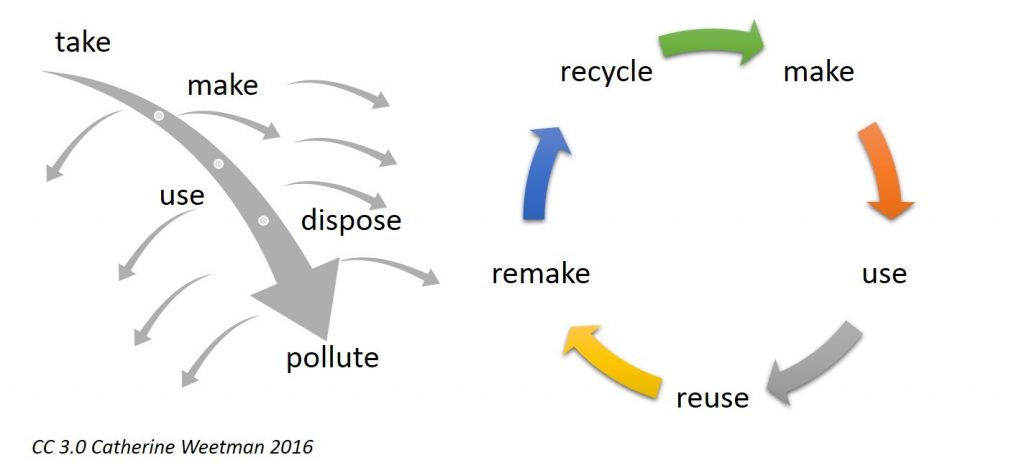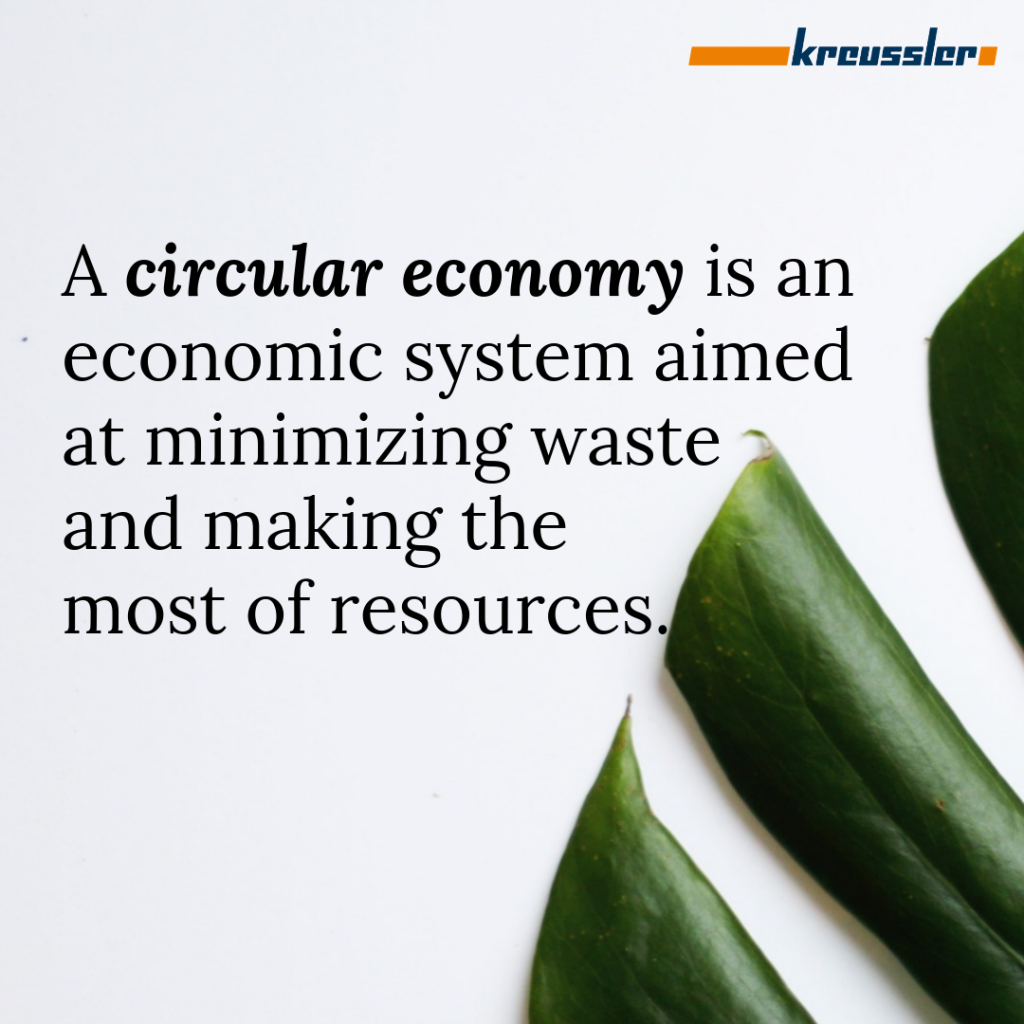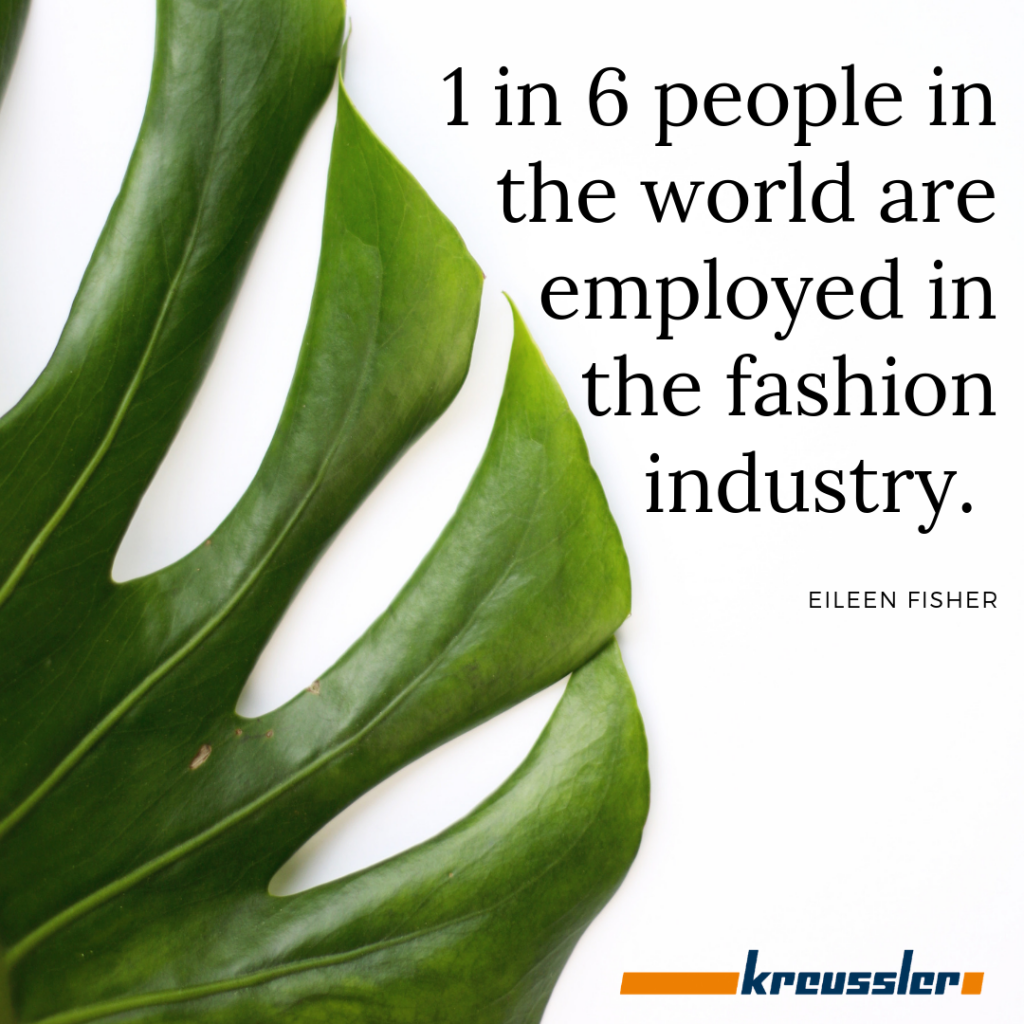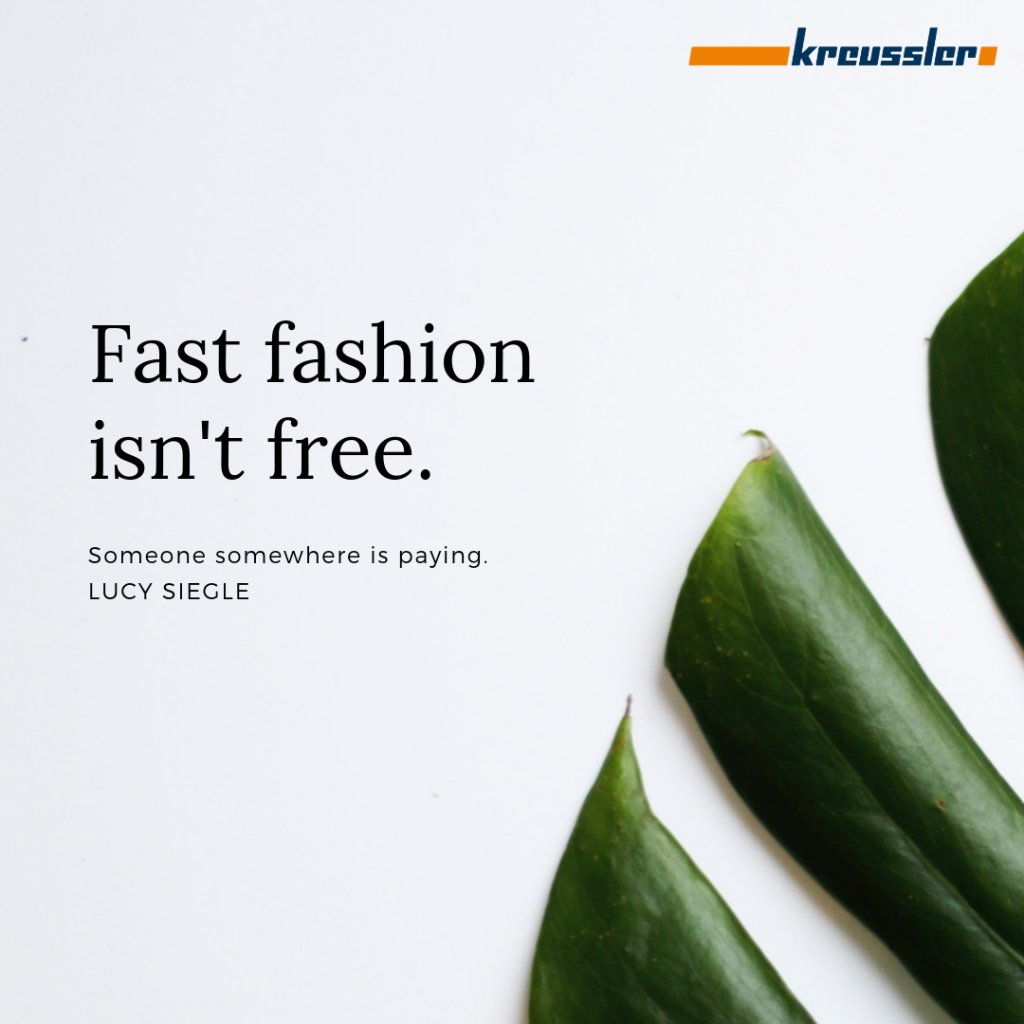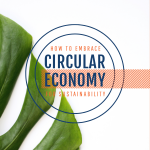A circular economy is a necessity to create a sustainable future. “A circular economy is an economic system aimed at minimizing waste and making the most of resources. This regenerative approach is in contrast to the traditional linear economy, which has a ‘take, make, dispose’ model of production. In a circular system resource input and waste, emission, and energy leakage are minimized by slowing, closing, and narrowing energy and material loops; this can be achieved through long-lasting design, maintenance, repair, reuse, remanufacturing, refurbishing, and recycling, all implemented via corporate and social entrepreneurship.”
How to Embrace the Circular Economy for Sustainability
While it may seem overwhelming looking at all the issues we face for a more sustainable future, we can all do more each day to help. Small changes by everyone each day will add up over time.
We can make smarter choices in how we consume items. Our current model of “take, make, dispose” is creating vast amounts of waste.
From the Business of Fashion, “Consumers keep clothing half as long as they used to. For example, a survey done in Britain found that one in three young women consider clothes “old” after wearing them once or twice. One in seven considers it a fashion faux-pas to be photographed in an outfit twice. Simply put, young people today crave newness, and these cohorts are much more likely to embrace churn in their wardrobes. At the same time, younger generations are more interested in sustainable clothing than older consumers.
Rental, resale and refurbishment models lengthen the product lifecycle while offering the newness consumers desire.”
One in seven considers it a fashion faux-pas to be photographed in an outfit twice. Share on XGive new life to garments
While the concept of secondhand clothes has been around for ages, it’s taken on a new life with Ebay, Etsy, and other online retailers. According to the latest research carried out by Thredup and Global Data, purchasing secondhand clothes is expected to double in the next 10 years and is on track to make up one-third of our closets by 2033. Shop your local thrift shop and you support a local business as well as recycle.
Online consignment shop thredUP has upcycled 65 million items in the past five years. When you’re cleaning out your closet, you can order a Clean Out kit from threadUP and send your items for resale or donation.
Renting is the new recycling
Remember back in high school and college when you would share your clothes with friends and roommates? You were on to something! Sharing clothes is a great way to expand your wardrobe without increasing your closet size. Rent the Runway is the world’s largest shared closet with thousands of options. It’s perfect for wedding season so you can wear something new to each event without buying multiple dresses. They’ve even expanded into designer handbags, sunglasses, and other accessories. Every time you rent, you’re saving all the water, electricity, and emissions used to manufacture a new piece of clothing.
“The so-called ‘Netflix for clothing’ model clearly cuts down on waste—instead of 20 women buying identical dresses, they can all share one.” – Mother Jones
As Rent the Runway says, “Own your favorites, rent the rest.”
Replace fast fashion with secondhand
Fast fashion is our least sustainable model. Fast fashion is a contemporary term used by fashion retailers to express that designs move from catwalk quickly to capture current fashion trends. It’s easy to say no to cheap clothes.
According to the Fair Fashion Center in New York City, one in six people on the planet works in the global fashion supply chain, and three in every four garment workers are women. And only two percent earn a fair, liveable wage. Two percent.
Take care of your wardrobe
In order for things to last longer, we need to take better care of our garments and lose the disposable wardrobe mentality. Read your garment labels and treat your clothing with respect. Regular trips to the dry cleaner will help keep things looking nice but also help them last longer.
Taking men’s shirts to be laundered saves water since your dry cleaner will run full loads of shirts versus you washing a few shirts in a less efficient home washing machine. They can also replace buttons that have broken and make small repairs.
I hope this gives you some ideas to choose differently when adding to your wardrobe and carbon footprint. Did you learn some new ways to reduce your carbon footprint with a circular economy mentality? Sustainable fashion choices can make a big difference if we all start making small changes every day.

